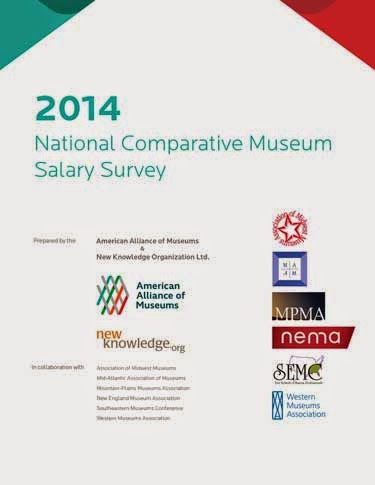
You’d probably feel massively uncomfortable if someone asked you that question at a dinner party. After all, money is one of the things (along with politics, sex and religion) that are simply not discussed in polite company.
But that doesn’t mean we aren’t all massively curious about what everyone else gets paid.
Fortunately, there are ways to get at this other than personal and intrusive questions (or poking around on GuideStar for a nonprofit’s 990 statements, which include the salaries of key employees.)
I’m pleased to share the news that the Alliance, in collaboration with all six regional museum associations, has published the first field-wide museum salary survey. Massive thanks to the staff and volunteer leadership of the Association of Midwest Museums, Mid-Atlantic Association of Museums, Mountain Plains Museums Association, New England Museums Association, Southeastern Museums Conference and Western Museums Association for working with AAM to make this possible. The report includes information on salary, benefits and demographic information for 51 positions, in many cases broken out by geographic area, museum discipline, governance and operating budget.
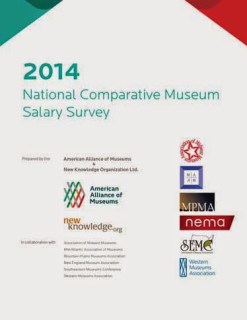 Here’s a link to the publication in the Alliance bookstore. It’s being provided free to all 736 museums that complete all or part of the survey and at a discount to members of the regions and the Alliance.
Here’s a link to the publication in the Alliance bookstore. It’s being provided free to all 736 museums that complete all or part of the survey and at a discount to members of the regions and the Alliance. I anticipate this data will primarily be used by museums to benchmark salary ranges, and by people working in museums to bolster their own negotiations regarding compensation. I hopeit will be used by people contemplating a career in museums to help with their financial planning and to set realistic goals. As a rule of thumb, student debt loan payments shouldn’t exceed 15% of graduate’s expected starting salary. So when a would-be museum educator contemplates a degree in museum studies, it would be relevant to note that his or her starting salary is likely to be in the mid-to-high 30ks. (That would mean a debt of no more than $5,000 or so—when average student debt on graduation from college now exceeds $30k.)
I’ve been blogging lately about the economics of museum pay, including the forces that drive salaries down (while suppressing diversity of our field) and lead many staff to feel undercompensated for their work. I’ve suggested one way to avoid this kind of resentment is to help museums and prospective employees agree on the fairmarket value for a given job: the compensation (cash + intangibles) an employer and a job applicant agree on when both parties are knowledgeable, willing and unpressured. While many factors go into creating a shared understanding of all those factors, one important piece is having sound data on what people in comparable positions typically earn. That way if a curator decides to trade off $18k of salary in order to work in rural rather than an urban museum, for example, perhaps that conscious and well-considered decision is less likely to rankle later on.
I also hope this publication will provoke reflection on the part of the field as a whole—financials often tell the truth more clearly than obfuscating words. What social and economic factors drive the gender imbalance in museum pay and status? While two-thirds of the professionals represented in this survey are women, there are more men than women in directors in museums with budgets over $3M, and female directors earn only 71 cents for every dollar earned by male directors. True, this disparity reflects the pay gap in the American workplace as a whole, but does that make it acceptable? What are the biases, conscious or unconscious, acting on women’s museum careers that lead to this result, and how can we create systems and policies that eliminate such bias?
There is great information collected in this publication—and as I watched the salary project play out, I compiled a list of additional things it would be great to know and put them on my wish list for future research. Spurred, no doubt, by the theme of this year’s annual meeting, I find myself wondering: what is the ratio of highest to lowest salaries in museums, especially in the very biggest organizations? How many museums pay a living wage to their lowest paid workers (relative to the local cost of living), and have any museums committed to paying a living wage? You may have items to add to that list–what additional data would be useful to you, your museum or to the field? I look forward to hearing your thoughts in comments and discussions on Museum Junction and the CFM Blog.


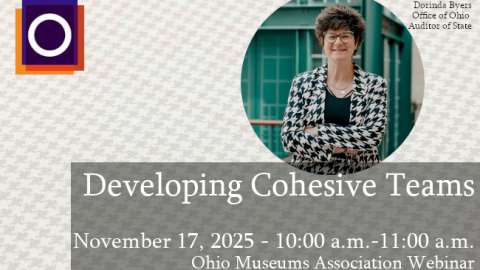


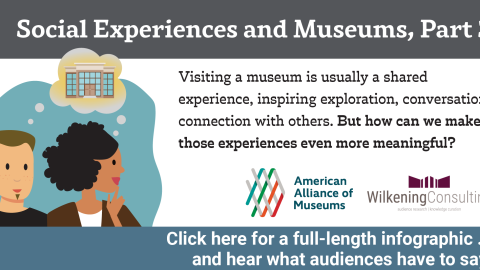
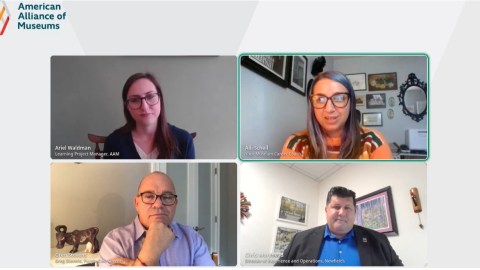

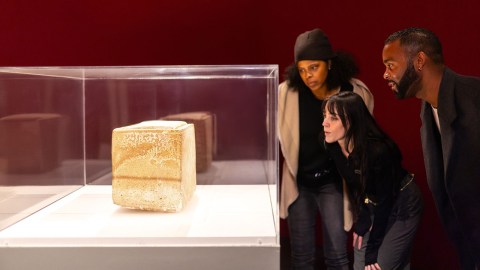
Really interesting stuff. For the people contemplating museum careers (who you hope can use the data collected in the survey)…is there any way to access the data without having to face the $100 paywall? Will you be blogging further about trends you've observed?
similar to desi's comments. at a hundred a pop, i doubt many people will be using this resource and in particular the smaller facilities which may be trying to convince their board to up the pay a wee bit
I appreciate your concerns, Desi and Albert, and am glad you see the publication as valuable. If you work for a museum that answered the survey, your organization received a copy for free. If you are a member of the Alliance or any of the regions, the discounted price is $60. I hope that museum studies programs will purchase a copy for use by their students.
The Alliance's financial goal for this publication is to break even on the costs of conducting the research. (If there are any profits, that would be shared with the regional associations that partnered with AAM on the research). So far, we have been unable to find a sponsor willing to fund the project, enabling us to distribute the results free. Leads to a company or foundation interested in doing so would be most appreciated.
I'd like to think as well that people will set realistic financial goals for their graduate school debt load vis a vis longterm pay outlook, but how realistic is that when all those low-end entry-level educator positions paying $30k (or less) require a master's degree? Even if they don't require one on paper, if 50 out of 150 applicants have MAs in a museum-related program, it becomes an effective bottleneck.
Amanda–exactly. Which may mean that the people who can afford to go into museum education without taking on unwise debt are people who can pay their way through graduate school without loans. That, in turn, suppresses the diversity of our field. People who have to take on large debt burdens to get the degree needed to take these jobs might be better off (economically speaking) looking for another line of work.
We agree that these money matters often start with schooling, but not necessarily in the ways described above, as this piece shows:
https://peabodyslament.wordpress.com/2012/05/22/we-are-not-an-endangered-species/
T.H. Gray, Director-Curator
American Hysterical Society
With regard to the c-note cost of the 2014 salary survey, members can download the 2012 survey for free from the AAM. I have not consulted the 2014 edition, but wager that there has not been much change in 2 years.
Great ideas for future research! Should not be too difficult to use this data and do some analysis like Glassdoor does: https://www.glassdoor.com/research/ceo-pay-ratio/
Note to self: look into it and perhaps publish something on our Art Careers Guide.
Enjoyed reading your blog!